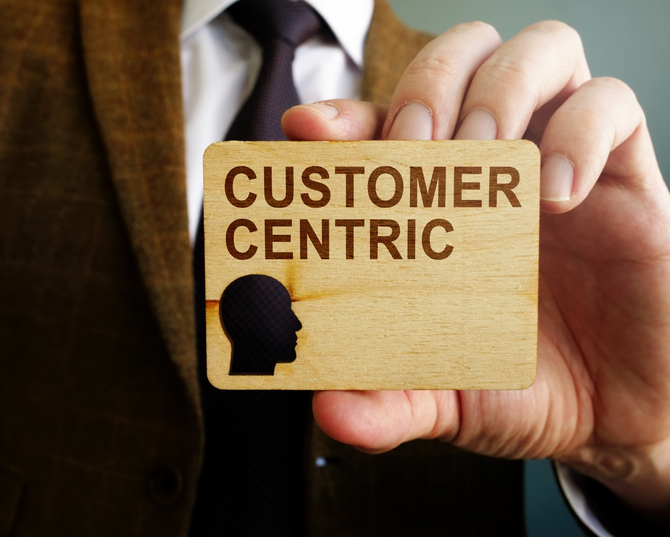Client-Centric Approach: Putting the Customer First in Solutions Consulting

This blog discusses the importance of a client-centric approach in solutions consulting, highlighting best practices for enhancing client satisfaction and business outcomes by prioritizing their needs and experiences.
Understanding the Client-Centric Approach
A client-centric approach to consulting involves understanding and meeting unique client needs, ensuring tailored solutions, and building stronger, trusting relationships through deep engagement with their business, culture, and industry challenges.
Best Practices for Client-Centric Solutions Consulting
1. Deep Dive into the Client’s Business
Overview: A thorough understanding of your client’s business is foundational to a client-centric approach. This means going beyond surface-level knowledge to grasp the nuances of their industry, business model, and competitive landscape.
Strategies:
- Conduct comprehensive business audits and SWOT analyses.
- Engage with multiple stakeholders across the client’s organization to gain diverse perspectives.
- Regularly review industry trends and how they impact the client.
2. Active Listening and Empathy
Overview: Effective consultants master the art of active listening, which involves fully concentrating, understanding, responding, and then remembering what the client says. This skill is crucial for uncovering the real issues that clients face.
Strategies:
- Practice active listening in every interaction and confirm understanding by paraphrasing back what has been discussed.
- Train your team on emotional intelligence to better relate to and respond to client emotions and needs.
3. Tailored Solutions
Overview: One-size-fits-all solutions do not suffice in a client-centric approach. Customization is key, ensuring that each strategy or solution directly addresses the client’s specific circumstances and goals.
Strategies:
- Customize tools, frameworks, and solutions to address the unique challenges and objectives of each client.
- Use data-driven insights to tailor recommendations and show the client how these solutions align with their business objectives.
4. Transparent Communication
Overview: Maintain open, honest, and transparent communication with clients about project progress, challenges, and results. Transparency builds trust and cements your role as a reliable advisor.
Strategies:
- Provide regular updates and check-ins, not just at milestones or project completion.
- Be clear about what is feasible within given timelines and budgets to manage expectations effectively.
5. Continuous Improvement and Feedback
Overview: A client-centric approach doesn’t end with project delivery. Continuous improvement based on client feedback is essential for refining processes and delivering even greater value in future engagements.
Strategies:
- Establish a structured process for collecting, analyzing, and acting on client feedback.
- Implement regular follow-ups post-engagement to assess the impact of solutions and gather insights for improvement.
6. Long-term Relationship Building
Overview: View each client engagement as the beginning of a long-term relationship rather than a one-off transaction. Long-term relationships can lead to repeat business and referrals.
Strategies:
- Provide ongoing support after project completion to help clients with implementation and adjustment.
- Offer periodic check-ins free of charge to discuss new challenges and potential adjustments.
Conclusion
A client-centric approach to solutions consulting prioritizes client needs, fostering strong relationships, and driving meaningful business outcomes. Success is defined by client satisfaction and long-term success, not just the solutions provided.
#ClientCentric #SolutionsConsulting #BusinessConsulting #CustomerFirst #BusinessStrategy #ClientSatisfaction #ConsultingBestPractices #ProfessionalDevelopment #CustomerEngagement

